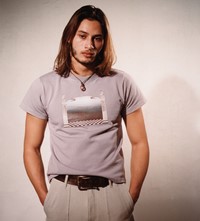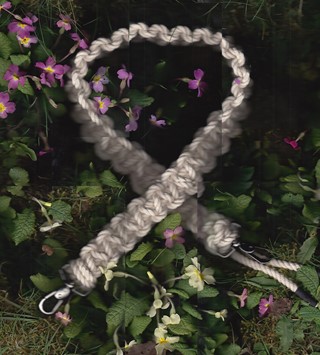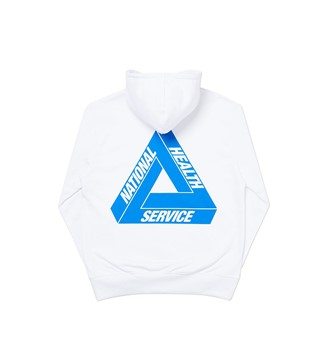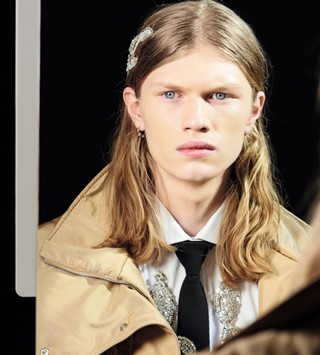Having cut his teeth at Marc Jacobs and Dries Van Noten, Spencer Phipps has launched PHIPPS: a conscious menswear brand
- TextHannah Tindle
Name: Spencer Phipps
Brand: PHIPPS
Location: Paris
Alma Mata: Parsons School of Design
USP: Truly sustainable and fairly priced menswear that does not compromise on design
Instagram: @phipps.international
It is a truth universally acknowledged that the fashion industry is second only to the oil industry when it comes to the damage inflicted upon the environment, responsible for the production of 92 million tonnes of solid waste per year. Where such terminology as ‘sustainability’ and ‘eco-fashion’ would once conjure visions of ill-fitting hessian, singed with the flames emitted from fire poi, in 2018 these words are a mainstay within the sartorial lexicon. Yet, there are still very few designers who are practising what they preach when it comes to morally motivated production. However, Spencer Phipps, a California native and ex-menswear designer at Marc Jacobs and Dries Van Noten, is nothing but sincere when it comes to the ‘green’ ethos behind his newly-launched brand, PHIPPS. “It’s something I actually started researching in school at Parsons,” he says. “My graduate collection was focused on sustainable fabric and it’s something I’ve been interested in ever since.”
Having worked with Van Noten for five seasons as the first American on his design team, Phipps was immediately struck by his differing appearance from the pristine Antwerpians busying themselves about the atelier. “It was, like, perfect, stark, white shirts – and I had the same cotton lifeguard hoodie that I’d been wearing since I was sixteen, with Dr. Martens that I had worn every single day for about seven years. Actually, they fell apart backstage at one of Dries’ shows – the soles just came right off.” It is this ‘buy less, buy better’ mentality that Phipps has injected into his label. “What we make at PHIPPS are functional, practical pieces of clothing. There’s a design element to them, an aesthetic, and we push current silhouettes,” he notes. “But at the same time, they are all pieces that people can wear for a long time. We make pieces that are supposed to become your favourite items of clothing that you can wear for years to come. It’s a slow-fashion mentality.”

Arguably, buying less and buying better is an easier task for the customer with the financial means to do so, and unfortunately, ethical consumption does not come with a cheap price tag – yet. Therefore, a large part of Phipps’ venture is offering an alternative to the low-cost, fast-fashion conglomerates dominating millennial wardrobes. “I understand sustainable fashion is not always the most accessible,” says the designer. “But our t-shirts are around €95 (£84) and the most expensive thing is our puffer jacket which is around €1000 (£885). So, it’s not like our customer is going to go out and buy 12 items without thinking about it, but I like that a younger person can save up and buy something if they want to – although, we also want all age groups to buy into PHIPPS.”
Instagram has a lot to answer for when it comes to perpetuating the idea that the way we dress is transient. The hash tag #OOTD (Outfit of the Day), popular with many bloggers and social media influencers, implies that an ensemble should be worn for a mere 24 hours before it becomes a redundant piece of landfill. In keeping with its manifesto, PHIPPS has extended its use of Instagram to reflect its message of longevity, with a grid full of archival images depicting conservationists, explorers and ecologists as the new muse. “Environmentalism and global awareness is the foundation of the brand and that dictates first and foremost where the things are coming from, how we enforce our product and also the aesthetic,” he explains.
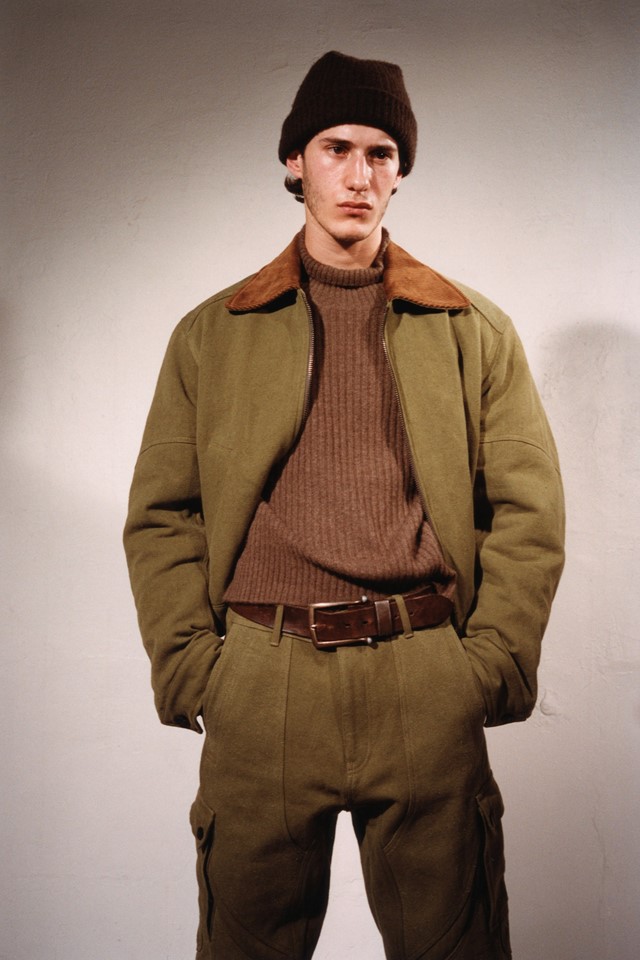
Subsequently, the manufacturing process takes place at bespoke locations around the world, ensuring that the garments produce minimal waste and exude maximum quality. “We look for people and factories that specialise in their particular genre,” says Phipps. “Our shirting mill is a proper shirting mill. They only do shirts. We also found a factory that makes technical outerwear – it’s really amazing. They make fireman’s jackets and they do Margaret Howell rubber jackets and things like that. We made knitwear on a Yak Farm in Mongolia, and we’ve got this British wool, an un-dyed, tweedy looking fabric that is woven in the UK and all the processing is done within the same five kilometres.”
Despite his new design project, Spencer Phipps is quick to add that buying vintage and secondhand is the best alternative to purchasing new clothes, citing Portobello Market in London and Tokio 7 in New York’s East Village as favourite shopping destinations. “It’s really the way forward. There is a lot of amazing clothing already out there – we don’t need to make more. If you’re going to make more, you just have to do it better and more responsibly. So for the future of PHIPPS, I’d love to get into the charity side of things and use the brand as a platform to raise awareness for a new kind of environmentally conscious community.” Certainly, fashion could use a few more characters like Phipps, striving for a genuine and active conversation around the topic of sustainability – the industry has little hope of long-term future without it.
